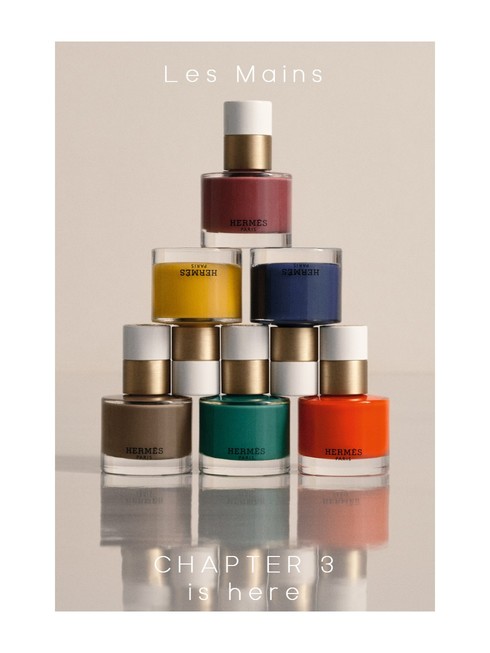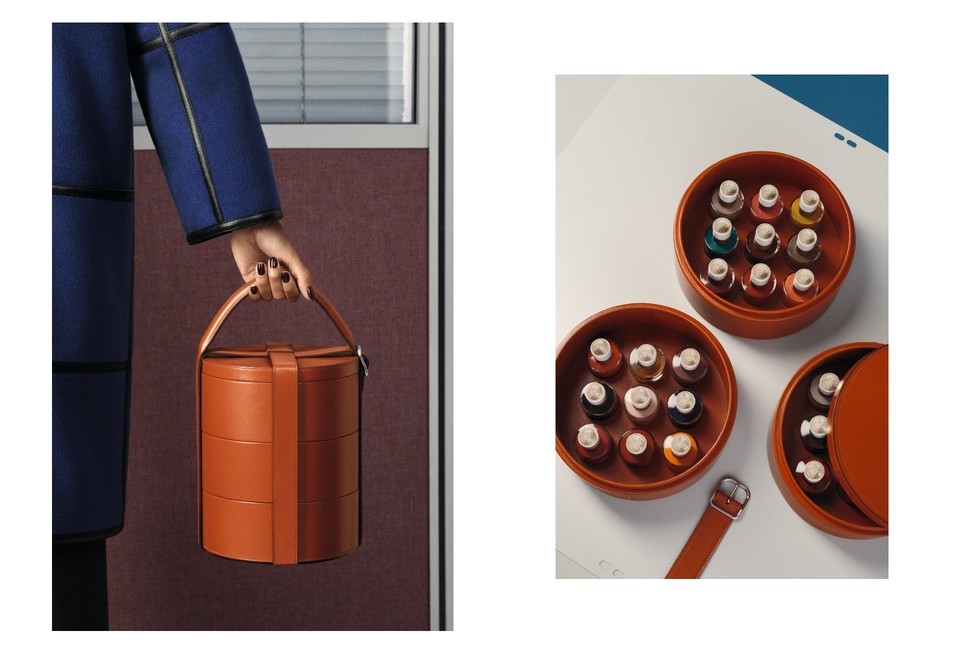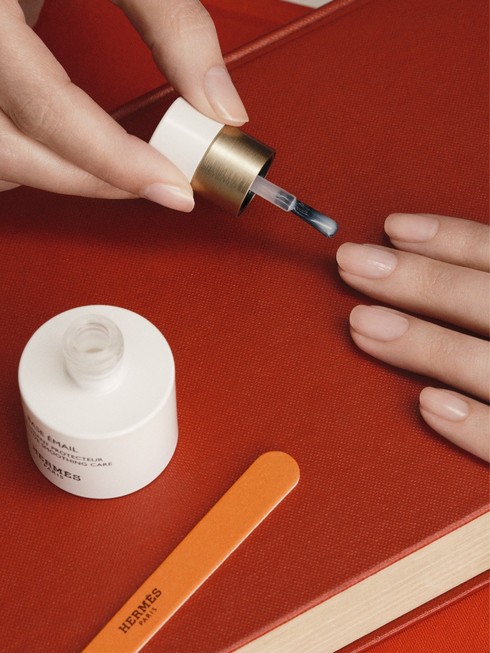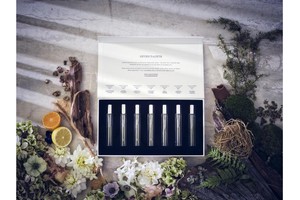Forest Walk
Written by Art EditorForest Walk
CFHill, Stockholm
8.10.21-3.11.21
Long gone are the days when landscape painting was considered the most dreary and conservative theme in art. The massive impact of climate change on both humans, our immediate surroundings as well as the distant ice cap of Antarctica has spurred a renewed interest in nature and our existence as inseperable from it. Exhibitions celebrating our natural environment are in fact quite à la mode these days, and “Forest Walk” at CFHill is no exception.
The curator, Michael Storåkers, has selected contemporary artists who focus on diverse aspects of the forest through photography, painting, sculpture and installation. The exhibition showcases scientific and economic to personal and spiritual perspectives with stunning work from Christine Ödlund, Carsten Höller, Johan Thurfjell, Goldin Senneby, Paloma Varga Weisz, Erik Steffensen and Per Bak Jensen to name a few. “Forest Walk” is a poetic art excursion with great catalogue texts that show a serious commitment to the topic that goes well beyond the pretty surface.
”Forest Walk is, ultimately, a celebration of what is perhaps the most significant environment in our world. Once, it was a frightening place for a defenseless human to enter. Losing your way there could mean certain death by predator, starvation, or foul play. Today, we find ourselves having to face the fact that the forests are the only lungs around in our part of the universe, and that we’ll most likely share in whatever fate our actions end up determining for it. Art can help us approach these issues and grow wiser. ” - Michael Storåkers, curator





















